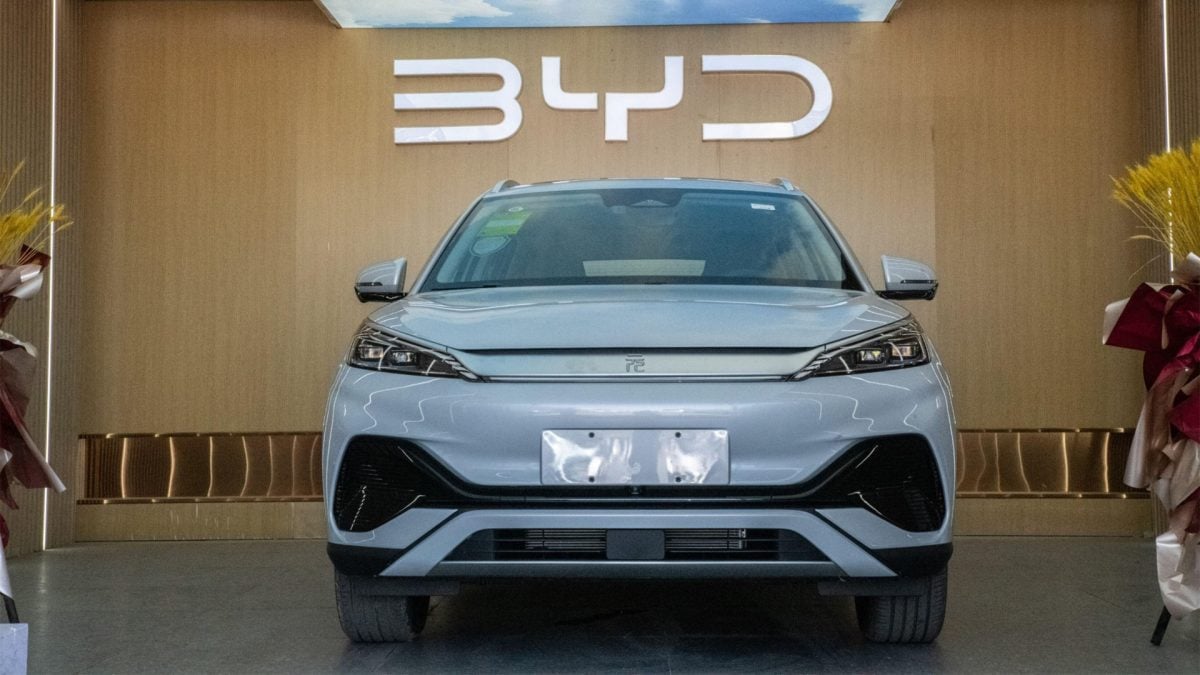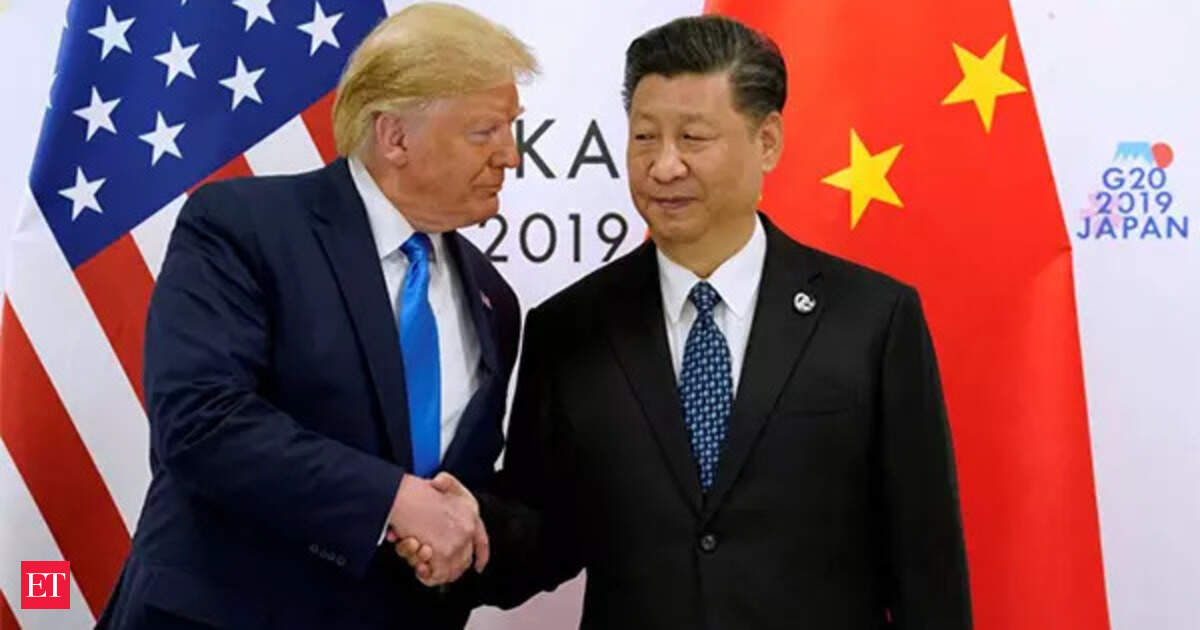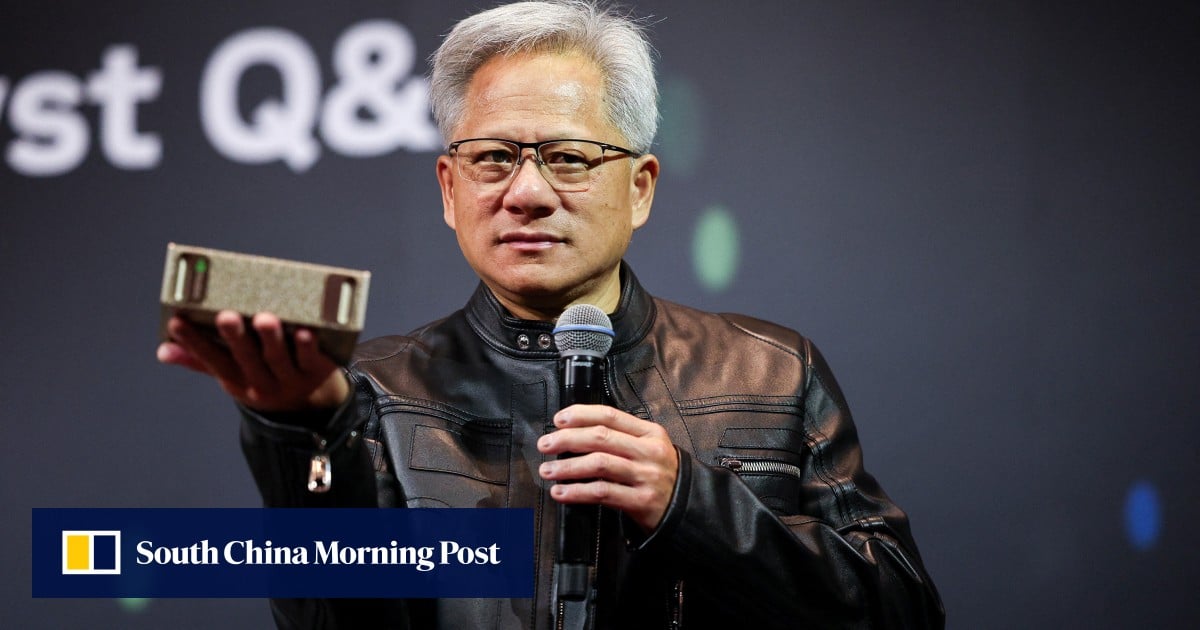The findings, presented at a Capitol Hill event, have raised concerns among US policymakers about the growing technological prowess of China, particularly in areas like nuclear power and electric vehicles
read more
A recent 20-month investigation into the innovation performance of Chinese companies across key technologies has revealed that China is advancing at a much faster pace than previously anticipated by the United States.
The study, conducted by the Information Technology and Innovation Foundation (ITIF), a Washington-based think tank, evaluated 44 Chinese firms involved in sectors such as nuclear power, semiconductors, artificial intelligence (AI), electric vehicles (EVs), and materials science.
The findings, presented at a Capitol Hill event, have raised concerns among US policymakers about the growing technological prowess of China, particularly in areas like nuclear power and electric vehicles.
China’s innovation outpaces expectations
The ITIF report highlighted that while China’s innovation system is not without its flaws, it is significantly stronger than many in the West had assumed. Although China has not yet overtaken the United States in all areas of technology, it has made considerable progress in certain fields, with Chinese firms expected to match or surpass their Western counterparts within the next decade.
In the realm of nuclear power, China is leading the way, deploying fourth-generation nuclear reactors at a scale that is unmatched globally. The report notes that China is likely 10 to 15 years ahead of the US in this area, having built more nuclear reactors in the past decade than the US has in the last 30 years. By 2030, China is projected to surpass the US in nuclear power generation, having already operationalised advanced reactors with new designs and safety systems.
In the automotive industry, China’s rapid growth has been nothing short of remarkable. From producing just 5,200 cars in 1985, China is expected to manufacture 26.8 million vehicles this year, capturing 21 per cent of the global market share, with projections to reach 30 per cent by the end of the decade. Notably, China now manufactures 62 per cent of the world’s electric vehicles and 77 per cent of the world’s EV batteries, positioning itself as a dominant player in the global EV market.
Challenges in semiconductor innovation
Despite these advances, the report also identifies areas where China still lags behind, particularly in the semiconductor industry. Chinese companies are currently two to five years behind global leaders in advanced chip production, a gap that has been exacerbated by US sanctions. However, China has made strides, as evidenced by Huawei’s recent launch of a new smartphone powered by a domestically produced advanced semiconductor, surprising many in Washington.
The US has responded to China’s progress in semiconductors with a series of export controls aimed at limiting China’s access to critical technologies. These measures, including new restrictions on quantum computing and advanced chipmaking tools, are intended to protect American technological superiority. However, the report warns that China’s ability to innovate in legacy chips, which are crucial for a wide range of technologies, remains a significant concern for US policymakers.
US’ strategy
The findings have sparked a renewed debate in Washington about how to counter China’s growing technological influence. US officials, including Congressman John Moolenaar, have emphasised the importance of export controls and restrictions on outbound capital to curb China’s advancements. In August 2023, President Joe Biden signed an executive order banning American investments in Chinese firms involved in advanced technology sectors, reflecting the increasing focus on safeguarding US technological leadership.
The ITIF report also challenges the notion that China’s innovation is primarily based on stolen technology from the West. Instead, it highlights the hard work and significant investments made by Chinese companies in developing their capabilities. This shift has led to increased competition for US firms, with Chinese companies like BYD emerging as global leaders in the EV market, outpacing even giants like Tesla.
As China continues to push forward in key technological fields, the United States faces the challenge of maintaining its competitive edge. The ongoing rivalry between the two nations underscores the need for strategic investments in innovation and a coherent industrial policy that can match China’s focused approach. The coming years will be critical in determining which country will lead the next wave of technological breakthroughs and how this will reshape the global economic and geopolitical landscape.


